Home>Garden Essentials>When Do You Plant Flower Seeds
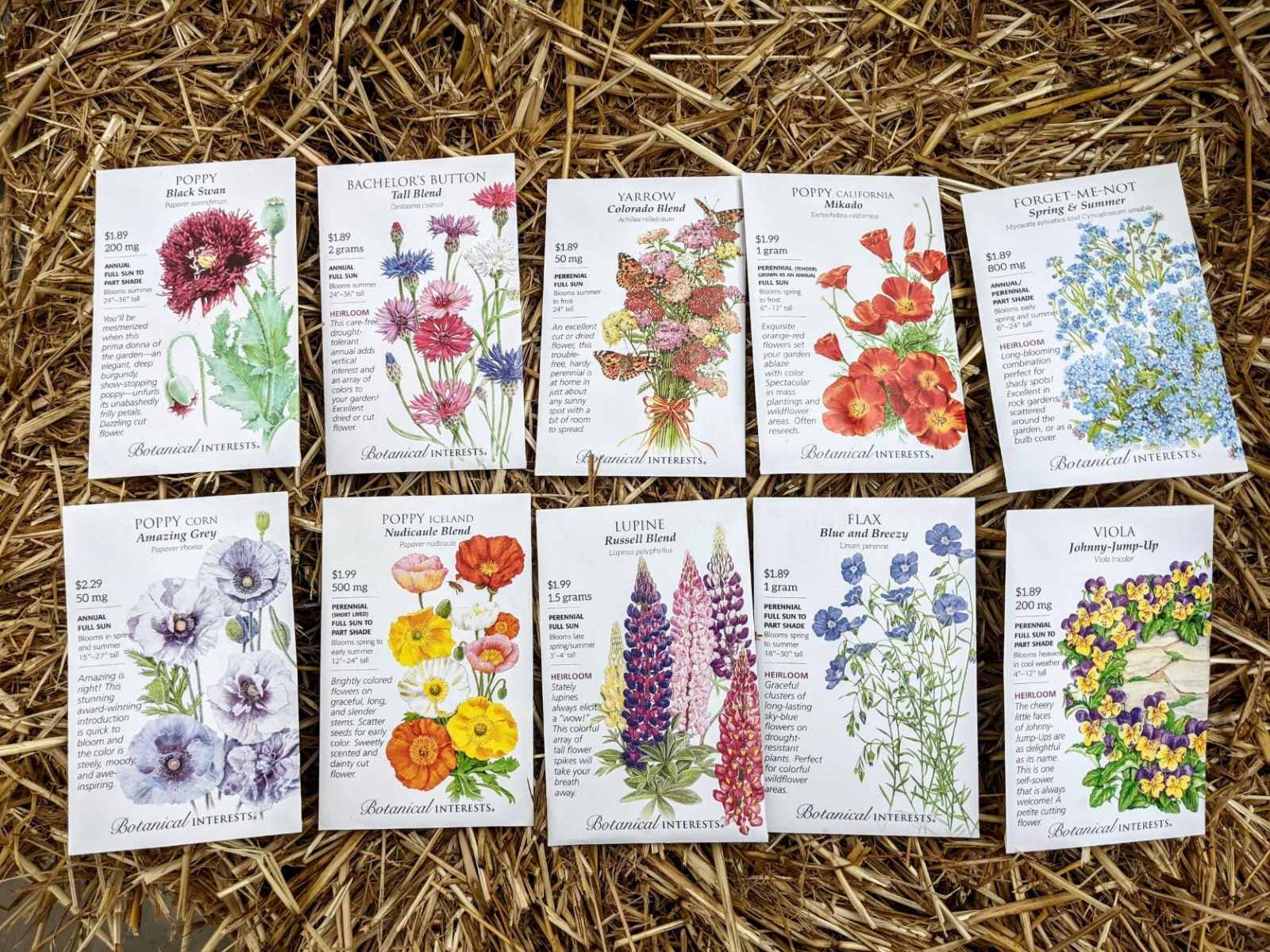

Garden Essentials
When Do You Plant Flower Seeds
Modified: March 24, 2024
Learn when to plant flower seeds in your garden and ensure a beautiful blooming season. Discover the optimal timing for planting various flower seeds to achieve the best results.
(Many of the links in this article redirect to a specific reviewed product. Your purchase of these products through affiliate links helps to generate commission for Storables.com, at no extra cost. Learn more)
Introduction
Welcome to the world of gardening! There’s nothing quite as satisfying as watching a seed you planted sprout into a beautiful flower. But knowing when to plant those flower seeds can be a bit of a challenge. Don’t worry though, because we’re here to help guide you through the process.
When it comes to planting flower seeds, timing is everything. Different types of flowers have different needs and preferences when it comes to their growing season. Some thrive in the spring, while others prefer the heat of summer or the cooler temperatures of fall. By understanding these preferences, you can ensure that your flower seeds have the perfect conditions to grow and bloom.
In this article, we will discuss the best times to plant flower seeds based on their blooming season. We’ll cover seeds that are ideal for spring, summer, and fall, and discuss factors to consider when deciding on your planting schedule.
So, whether you’re looking to brighten up your garden with colorful spring blooms, add a burst of summer color, or extend the beauty into the fall season, keep reading to learn when and how to plant flower seeds for optimal growth and success.
Key Takeaways:
- Plant flower seeds in the right season for stunning blooms. Spring tulips, summer sunflowers, and fall asters offer vibrant colors to brighten your garden.
- Consider climate, soil, and care needs for successful flower growth. From planting depth to pest control, attention to detail ensures a flourishing garden.
Read more: When To Plant Passion Flower Seeds
Spring-Flowering Seeds
Spring is a magical time in the garden when the world comes alive with vibrant colors and fresh greenery. To make the most of this season, consider planting flower seeds that are known for their stunning spring blooms.
One popular choice for spring-flowering seeds is the tulip. Tulips are known for their elegant and vibrant flowers that come in a variety of colors. They prefer to be planted in the fall, around September or October, so that they can undergo a period of cold dormancy before sprouting in the spring. By planting tulip bulbs in the fall, you can enjoy a breathtaking display of blooms come springtime.
Another beloved spring flower is the daffodil. Daffodils are known for their cheerful yellow and white blossoms that signify the arrival of spring. These flowers should also be planted in the fall, ideally in September or October, to give them enough time to establish their roots before the frost sets in. Come spring, you’ll be greeted with a vibrant burst of color that is sure to brighten up your garden.
If you’re looking for a delicate and fragrant spring flower, consider planting sweet peas. These climbing plants produce clusters of fragrant, pastel-colored flowers that are perfect for creating vertical interest in your garden. Sweet peas can be sown directly in the ground in early spring, as soon as the soil can be worked. With their lovely fragrance and soft hues, sweet peas are a must-have for any spring garden.
Other popular spring-flowering seeds include pansies, primroses, and hyacinths. Pansies come in a wide range of colors and can be planted in both the fall and early spring. Primroses are early bloomers that can be planted in late winter or early spring for a burst of color. Hyacinths, with their intoxicating fragrance, should be planted in the fall for a spring bloom.
When planting spring-flowering seeds, it’s important to consider your specific climate and frost dates. Different regions have different last frost dates, and planting too early can risk damage to your delicate seedlings. Be sure to check with your local gardening resources or consult a gardening expert to determine the best timing for planting in your area.
By choosing the right spring-flowering seeds and planting them at the appropriate time, you can create a stunning display of color and fragrance that celebrates the arrival of spring in your garden.
Summer-Flowering Seeds
Summer is a time for vibrant blooms and lush gardens. To ensure a stunning display of color during this season, it’s essential to plant flower seeds that thrive in the heat and longer days of summer.
One popular choice for summer-flowering seeds is the sunflower. Sunflowers are iconic for their large and cheerful blooms, which can reach impressive heights. These seeds can be sown directly into the ground in late spring or early summer when the soil has warmed up. Sunflowers are heat-tolerant and love basking in the sun, making them a perfect addition to any summer garden.
Another favorite summer flower is the zinnia. Zinnias come in a wide range of vibrant colors, including reds, yellows, pinks, and oranges. These flowers can be sown directly in the ground after the last frost date, or you can start the seeds indoors a few weeks earlier and transplant them outdoors once the weather warms up. With their long-lasting blooms and tolerance for hot temperatures, zinnias are a great choice for adding a pop of color to your summer garden.
If you’re looking for a fragrant summer flower, consider planting lavender. Lavender plants produce beautiful purple flowers and emit a calming herbal scent. Lavender seeds can be started indoors 6 to 8 weeks before the last frost or sown directly into the ground after the last frost. With their drought tolerance and ability to attract pollinators, lavender is a wonderful addition to any summer garden.
Other popular summer-flowering seeds include marigolds, cosmos, and morning glories. Marigolds are easy to grow from seeds and come in various shades of yellow and orange. Cosmos produce daisy-like flowers in vibrant colors and can be sown directly in the ground once the danger of frost has passed. Morning glories are climbers that produce stunning trumpet-shaped flowers in a variety of colors, and they can be sown directly in the ground in the spring once the soil warms up.
When planting summer-flowering seeds, be sure to provide adequate water and care during the hot summer months. Regular watering, mulching, and occasional fertilizing can help your plants thrive and withstand the summer heat. Additionally, deadheading spent flowers can encourage continuous blooming throughout the season.
By choosing the right summer-flowering seeds and providing them with the necessary care, you can create a vibrant and flourishing garden that embodies the beauty of the summer season.
Plant flower seeds in the spring after the last frost date for your area. This will give the seeds the best chance to germinate and grow into healthy plants.
Fall-Flowering Seeds
The arrival of fall doesn’t mean the end of the gardening season. In fact, it’s the perfect time to plant flower seeds that will bloom in the cooler temperatures and shorter days of autumn. Fall-flowering seeds offer a beautiful way to extend the beauty of your garden well into the latter part of the year.
One popular choice for fall-flowering seeds is the aster. Asters are known for their daisy-like flowers that come in a variety of colors, including shades of purple, pink, and white. These hardy plants are easy to grow from seeds and can be sown directly in the ground in late spring or early summer. With their vibrant blooms, asters add a pop of color to any fall garden.
Another stunning fall flower is the chrysanthemum, or simply mum. Mums are known for their abundance of long-lasting flowers that come in a wide range of colors, including yellow, red, orange, and white. Chrysanthemum seeds should be sown indoors in early spring to allow for adequate growth and then transplanted outdoors in the late spring or early summer. With their impressive blooms and hardy nature, mums are a staple in fall gardens.
If you’re looking for a flower that adds a touch of elegance to your fall garden, consider planting pansies. Pansies are available in a wide range of colors, including purple, yellow, and white, often with unique patterns and markings. Pansy seeds can be sown directly in the ground in late summer or early fall, as they prefer cooler temperatures for germination. With their delicate charm and cold tolerance, pansies are perfect for adding a pop of color to your fall landscape.
Other popular fall-flowering seeds include sedum, goldenrod, and Japanese anemone. Sedum offers clusters of tiny flowers in late summer and early fall, making them a great choice for attracting pollinators. Goldenrod produces bright yellow flowers that bloom in the late summer and early fall, adding a cheerful touch to any garden. Japanese anemone, also known as windflower, produces delicate, cup-shaped flowers that bloom in shades of pink and white during the fall months.
When planting fall-flowering seeds, it’s important to consider the average first frost date in your region. Planting too late can risk damaging your young seedlings before they have a chance to establish themselves. Consult with your local gardening resources or a knowledgeable expert to determine the ideal planting time for fall-flowering seeds in your area.
By choosing the right fall-flowering seeds and planting them at the appropriate time, you can create a stunning display of color that embraces the beauty of the autumn season in your garden.
Factors to Consider
When deciding on the best time to plant flower seeds, there are several factors to consider. Taking these factors into account will help ensure the success and optimal growth of your plants.
Climate: The climate in your region plays a crucial role in determining the appropriate time for planting flower seeds. Understanding your climate’s average temperatures, frost dates, and growing seasons will help you choose the right time to sow your seeds. Some flowers prefer cooler temperatures, while others thrive in the heat, so it’s important to select seeds that are suitable for your climate.
Seed Type: Different flower seeds have different germination and growth requirements. Some seeds need to be planted directly in the ground, while others benefit from starting indoors and transplanting later. Consider the specific needs of the flower seeds you’re planting to ensure you’re providing them with the best conditions for growth.
Soil Preparation: Before planting flower seeds, it’s essential to prepare the soil properly. Make sure the soil is well-drained, rich in organic matter, and free from weeds. Clear any debris and loosen the soil to allow for easy seed germination and root growth. Adding compost or fertilizer can also provide the necessary nutrients for healthy plant growth.
Watering: Proper watering is crucial for the success of your flower seeds. While some flowers prefer moist soil, others can tolerate drier conditions. It’s important to understand the water needs of the specific flower seeds you’re planting and adjust your watering schedule accordingly. Regular, deep watering is generally recommended, ensuring that the soil is evenly moist but not waterlogged.
Sunlight: Most flower seeds require ample sunlight to grow and bloom successfully. Consider the sunlight requirements of the specific flower seeds you’re planting and choose a location in your garden that receives the appropriate amount of sunlight. Full sun typically means six or more hours of direct sunlight per day, while partial shade refers to areas with filtered or dappled sunlight.
Planting Depth and Spacing: Each type of flower seed has specific planting depth and spacing requirements. Pay attention to the seed packet instructions or do some research to ensure you’re planting your seeds at the correct depth and giving them enough space to grow. Planting too shallow or too deep can affect seed germination and hinder plant growth.
Pests and Diseases: Be aware of common pests and diseases that can affect the flowers you’re planting. Taking preventive measures, such as using organic pest control methods or choosing disease-resistant varieties, can help protect your plants and promote their overall health.
Companion Planting: Consider companion planting to maximize the health and productivity of your garden. Some flowers repel pests or attract beneficial insects, while others provide shade or support to neighboring plants. Research companion planting techniques to create a harmonious and beneficial environment for your flower seeds.
By considering these factors, you can plan and prepare accordingly, ensuring that your flower seeds have the best chance of thriving and producing beautiful blooms. Gardening is a journey of patience and care, and taking these factors into account will help you create a flourishing and visually appealing garden.
Read more: When To Plant Balloon Flower Seeds
Conclusion
Planting flower seeds is an exciting and rewarding experience that allows you to witness the beauty of nature unfold right in your own backyard. By understanding the different flowering seasons and considering various factors, you can ensure the success of your garden and enjoy a continuous display of vibrant blooms throughout the year.
From the spring blooms of tulips and daffodils to the summer explosion of colors with sunflowers and zinnias, and the enchanting fall flowers like asters and mums, each season offers unique opportunities to showcase the beauty of nature.
Remember to consider your climate, choose the right seed types, prepare the soil, provide adequate water and sunlight, and take care of potential pests and diseases. These factors will greatly contribute to the health and growth of your plants and enhance the beauty of your garden.
Whether you’re a seasoned gardener or just starting out, the joy of planting flower seeds and watching them grow is incomparable. Gardening allows us to connect with the natural world, embrace the changing seasons, and find solace in the vibrant colors and fragrances that flowers bring.
So, grab your gardening tools, get your hands dirty, and enjoy the journey of planting and nurturing flower seeds. With careful planning, proper care, and a little bit of patience, your garden will become a haven of beauty and tranquility, filled with the vibrant blooms of seasonal flowers.
Happy gardening!
Frequently Asked Questions about When Do You Plant Flower Seeds
Was this page helpful?
At Storables.com, we guarantee accurate and reliable information. Our content, validated by Expert Board Contributors, is crafted following stringent Editorial Policies. We're committed to providing you with well-researched, expert-backed insights for all your informational needs.
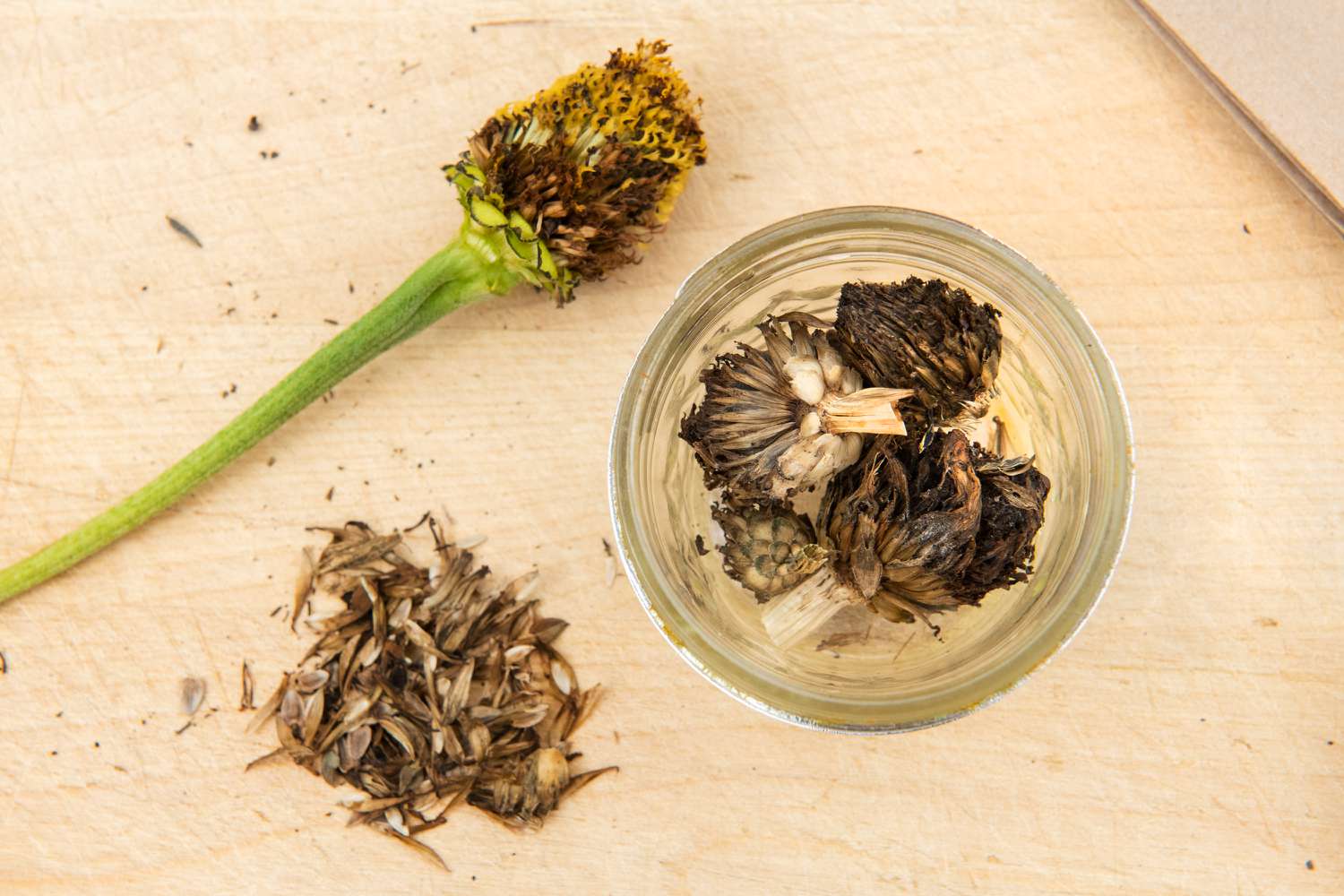
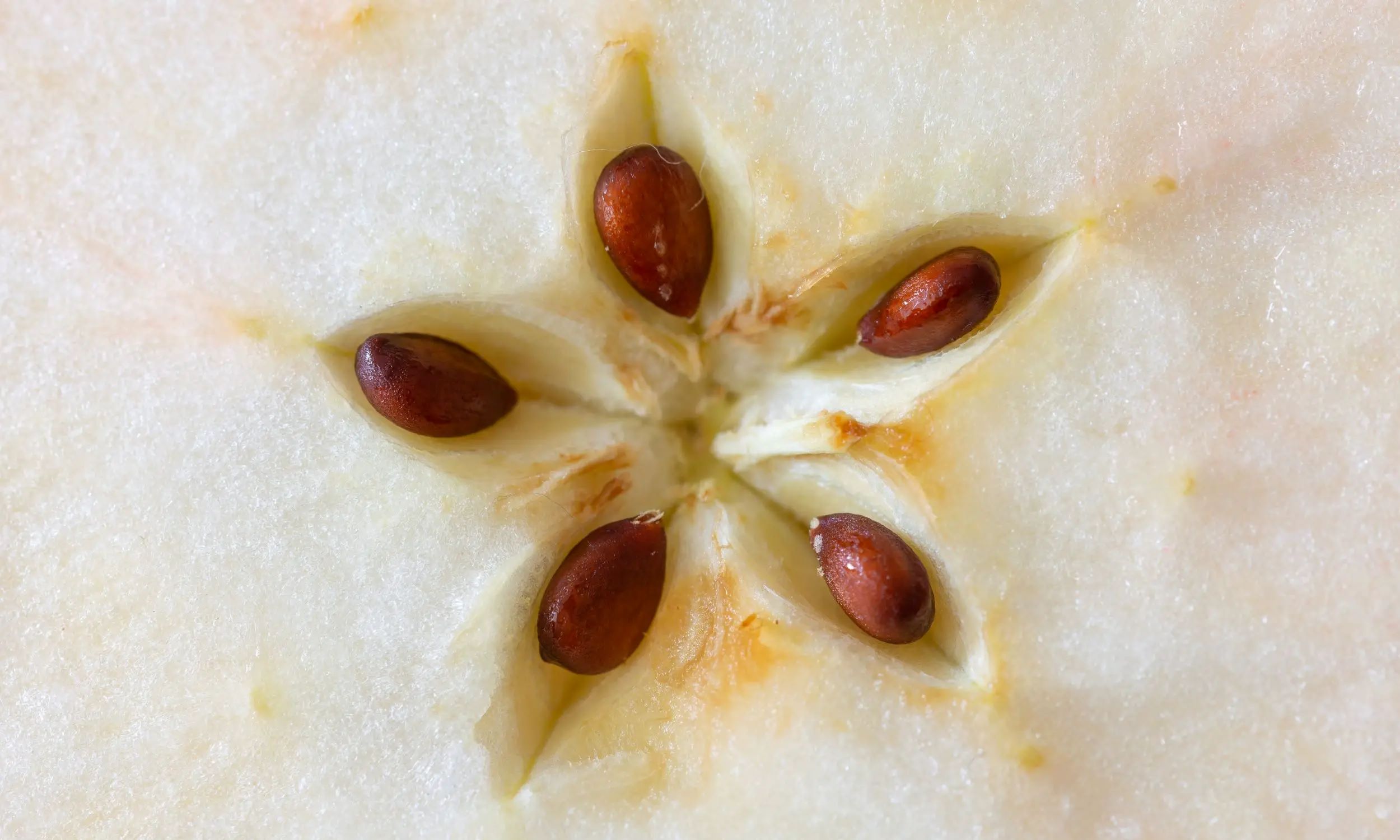
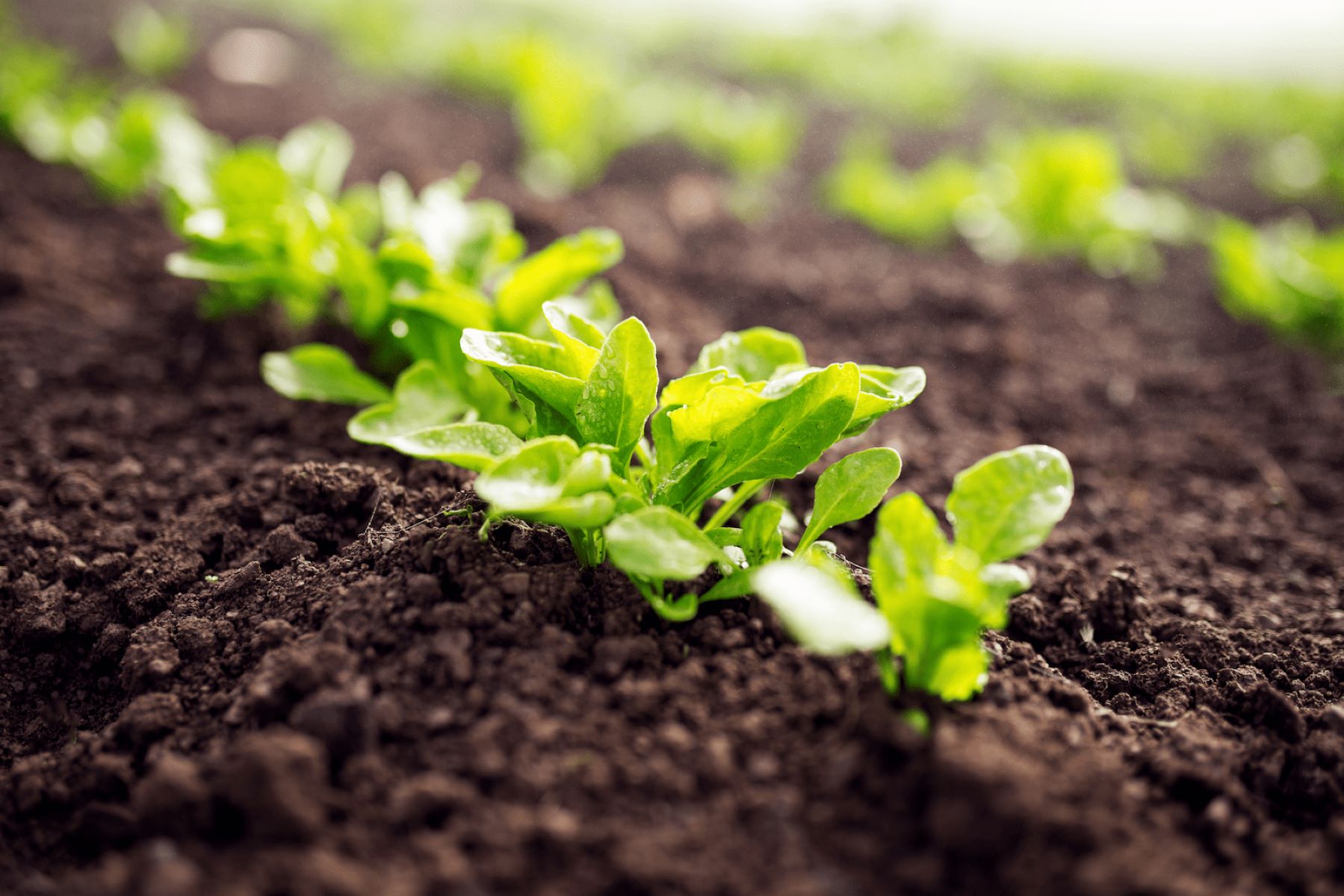
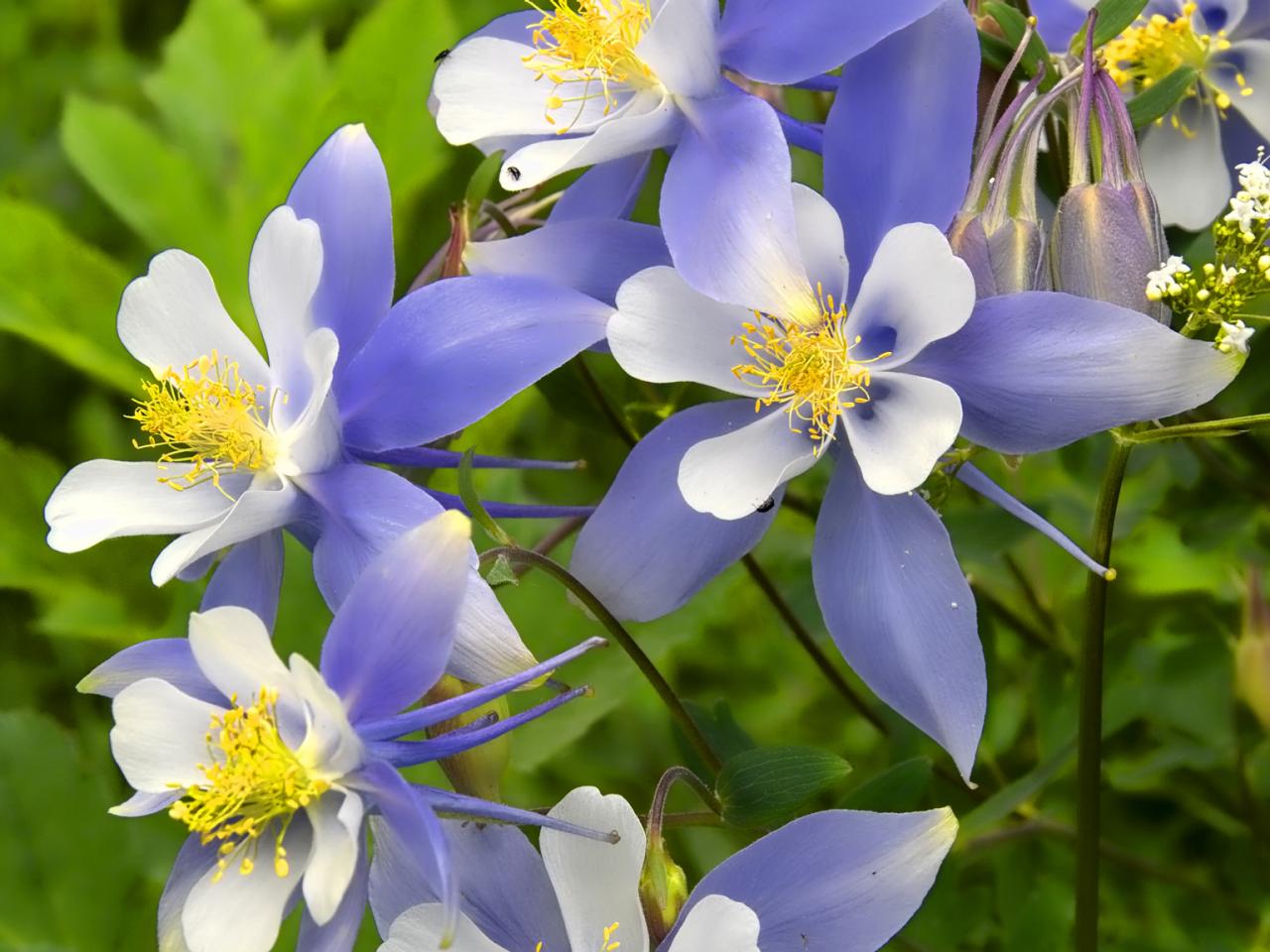
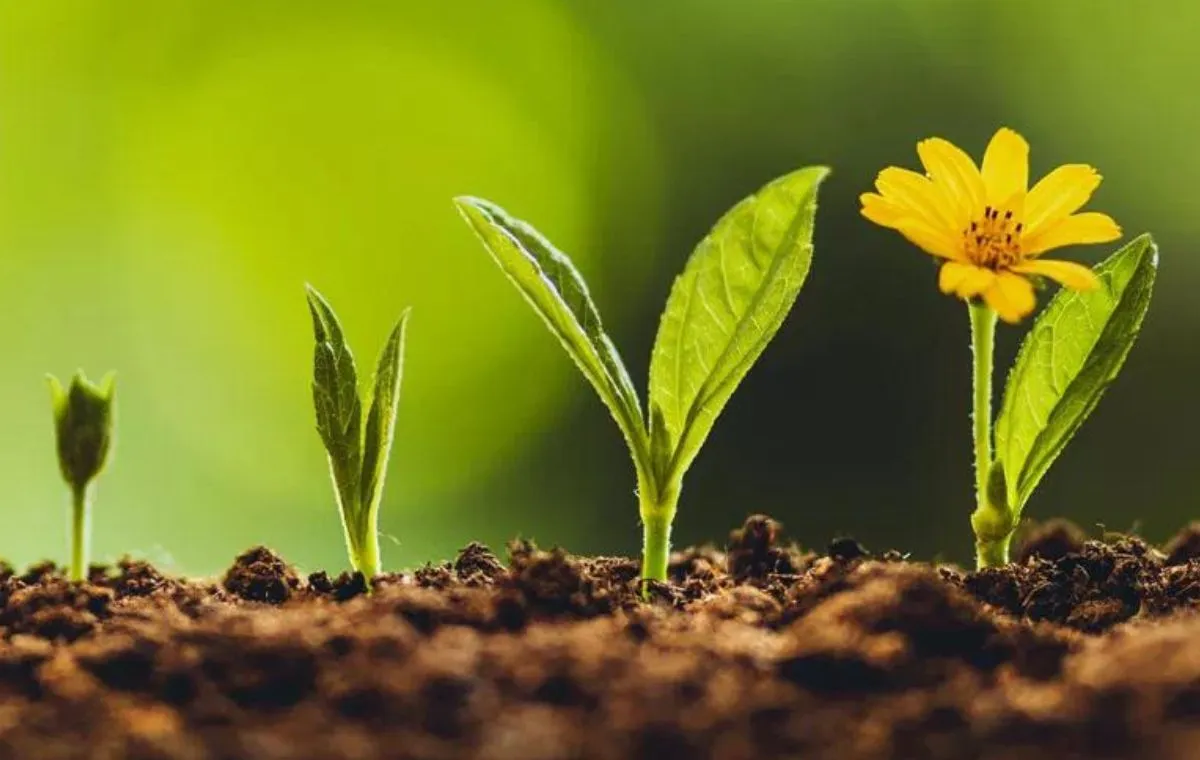
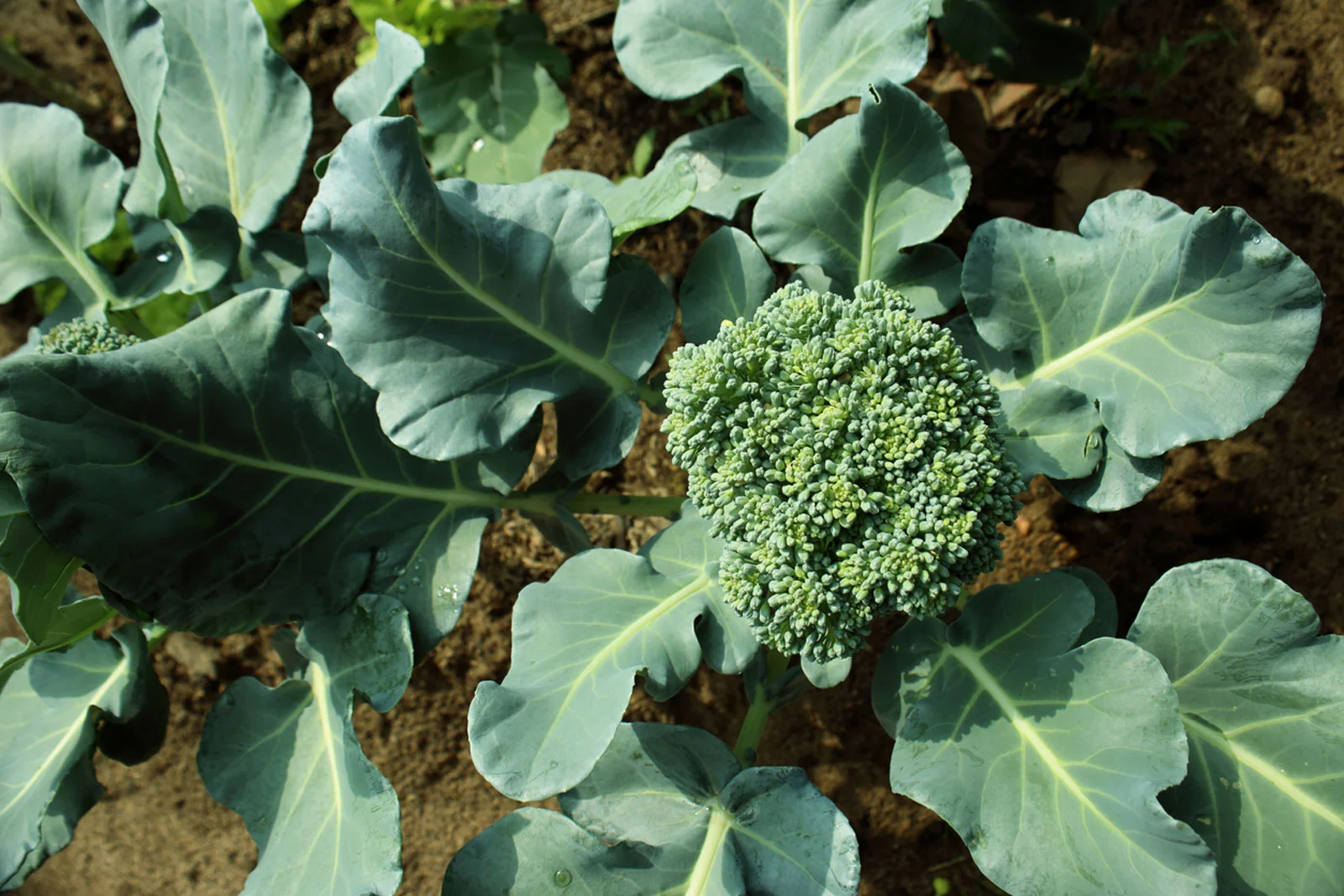
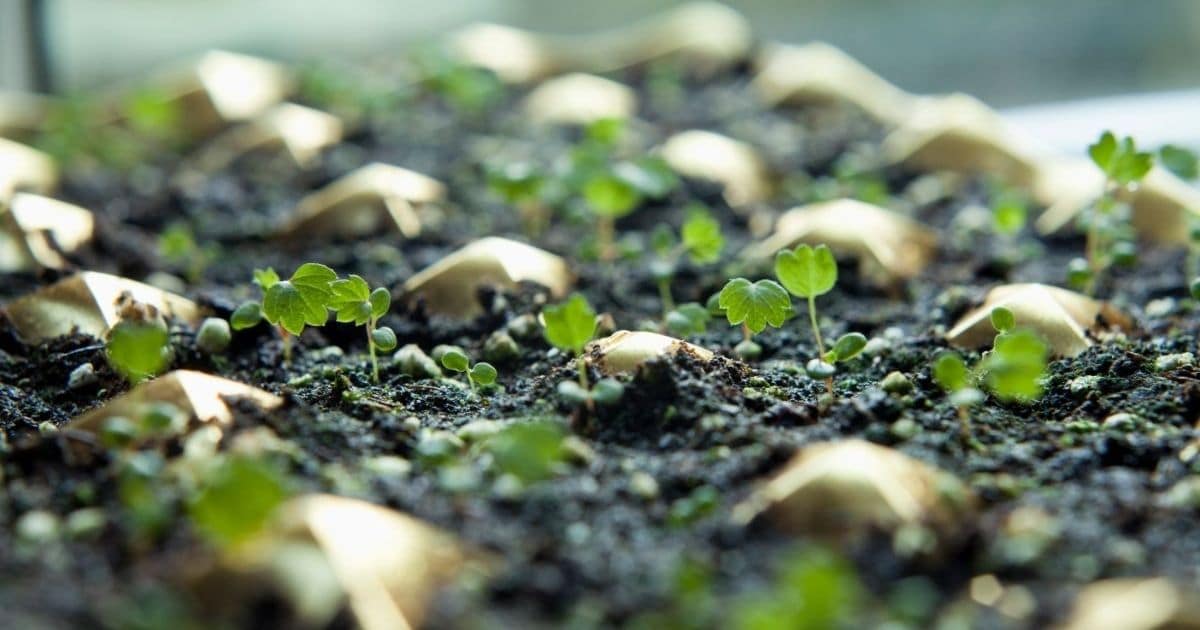
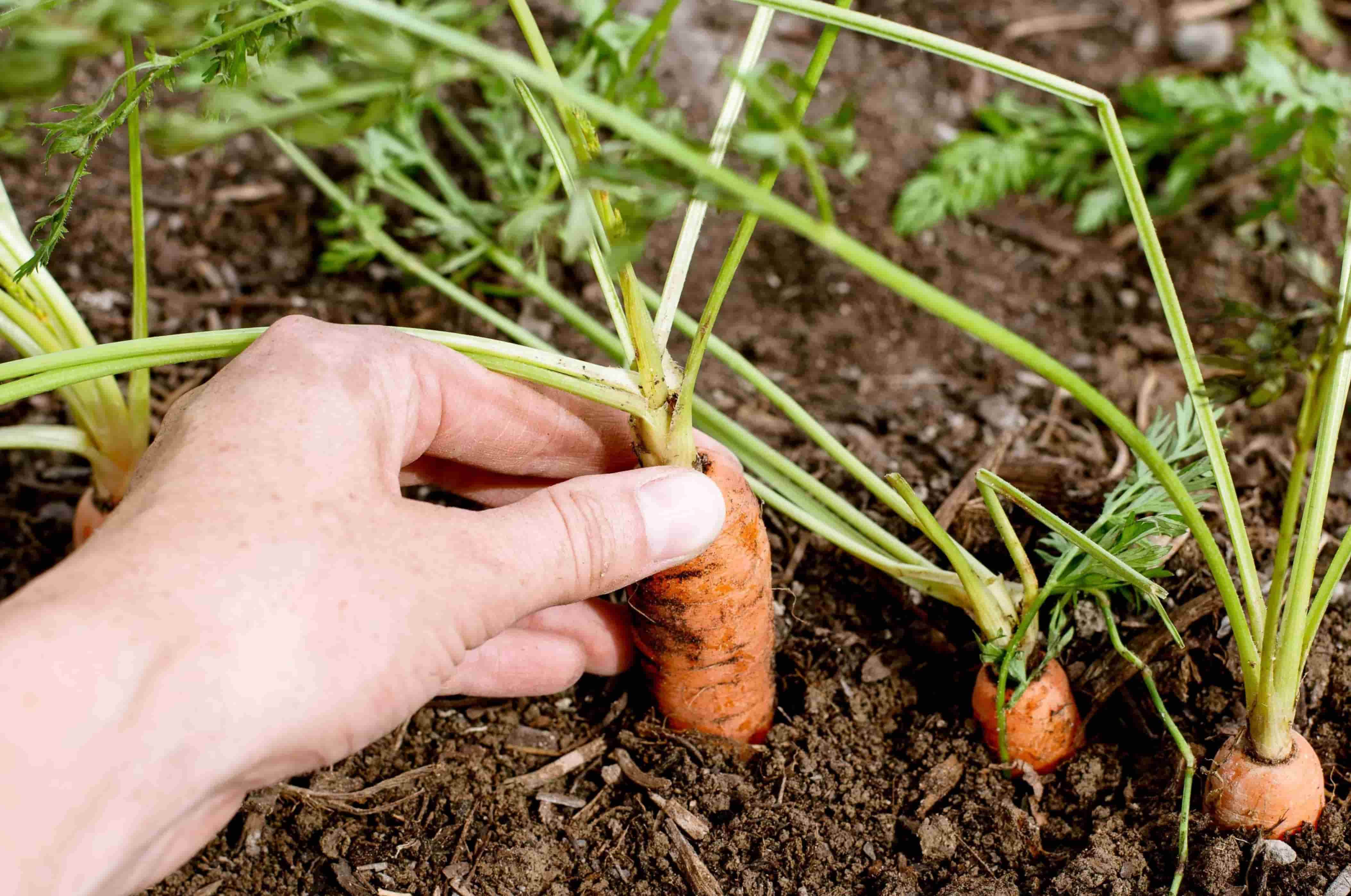
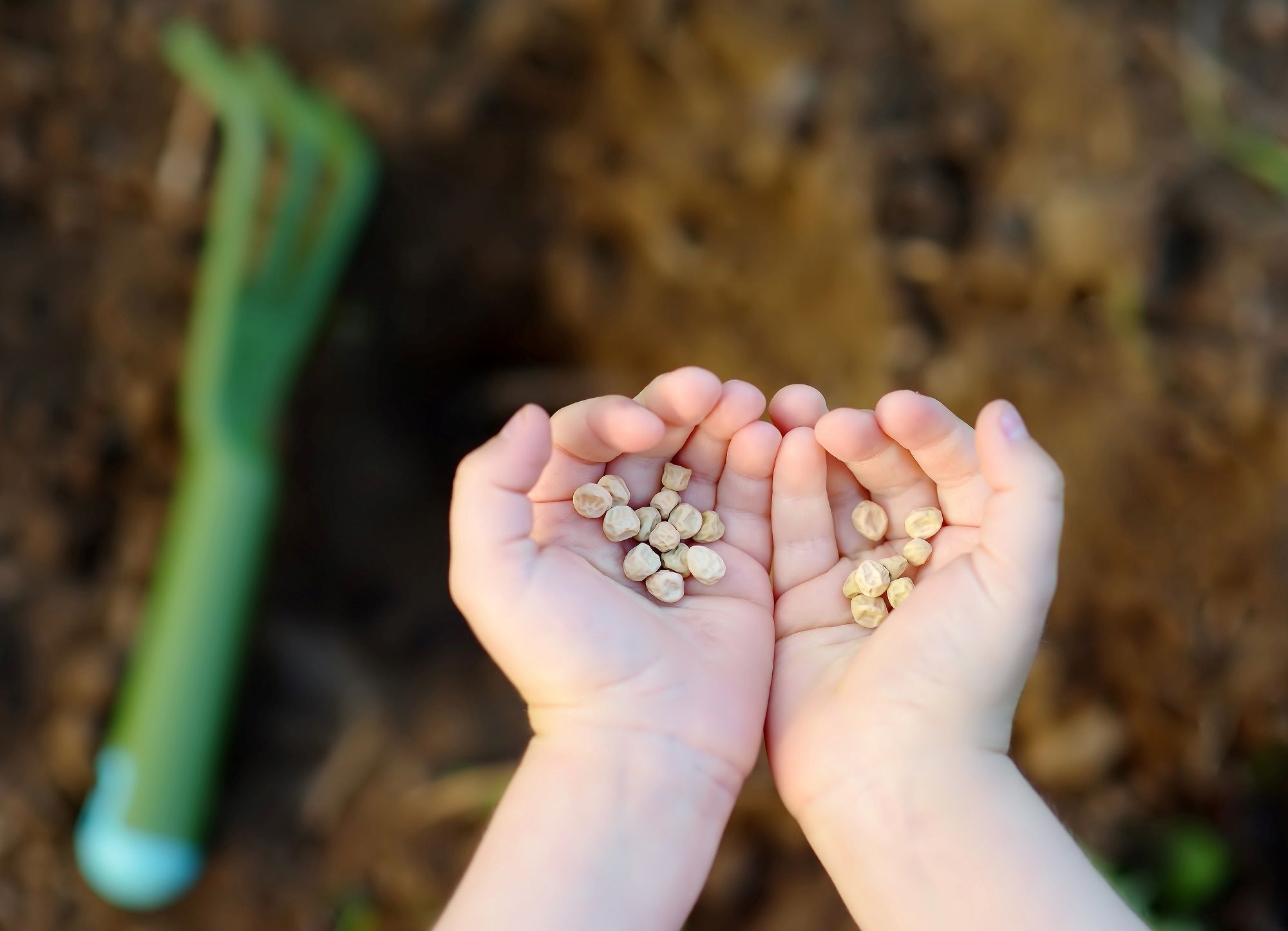
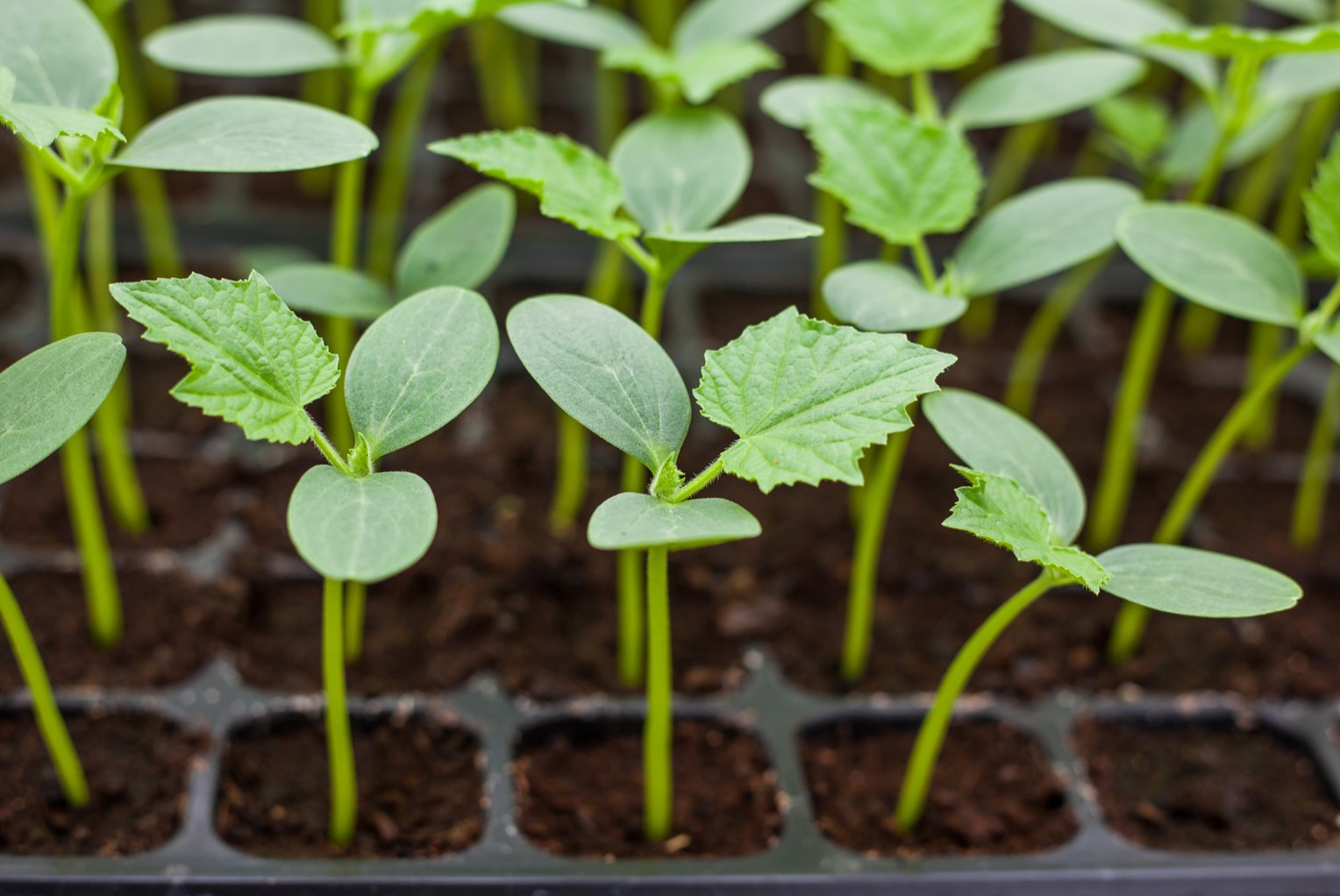
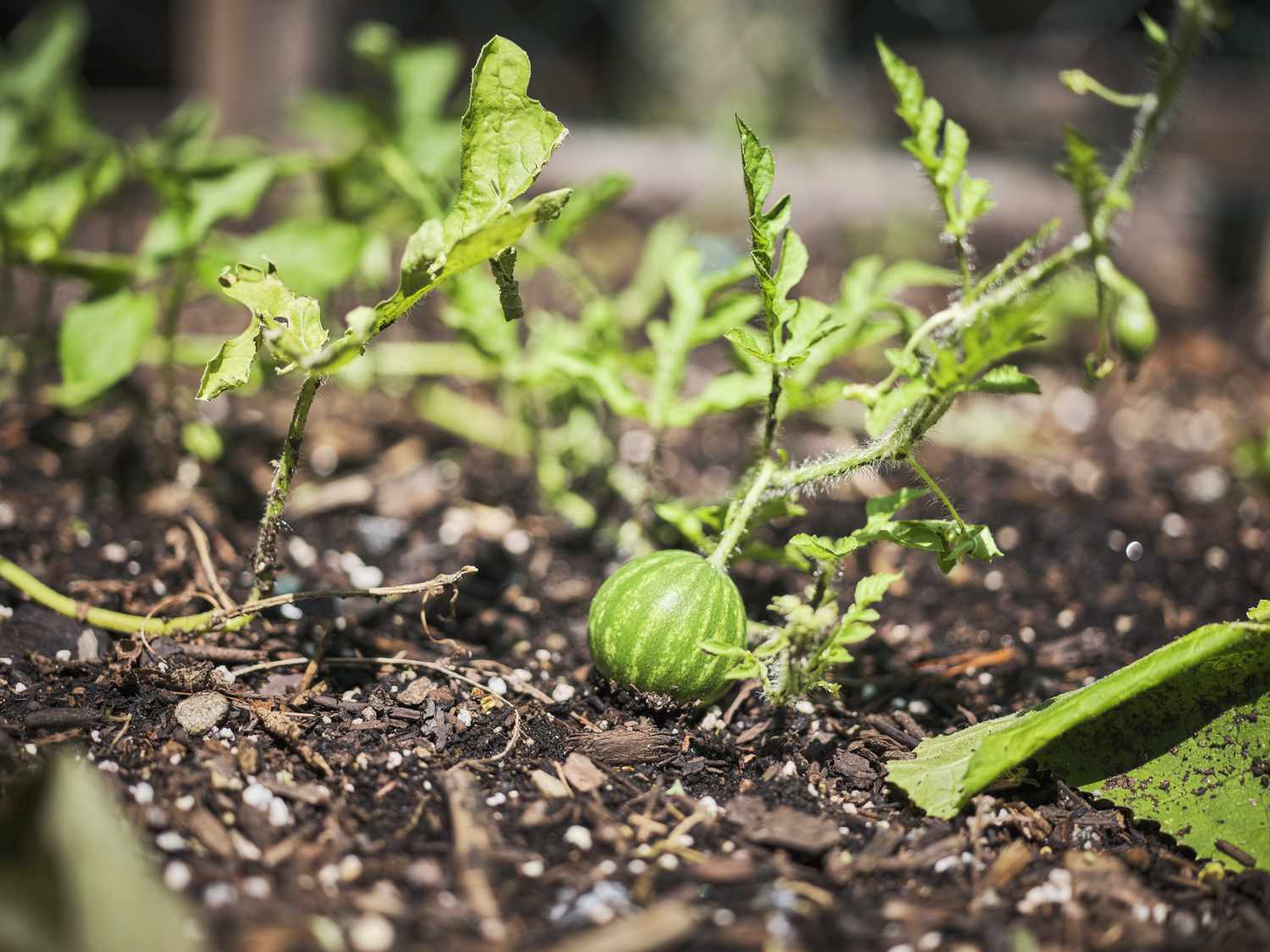
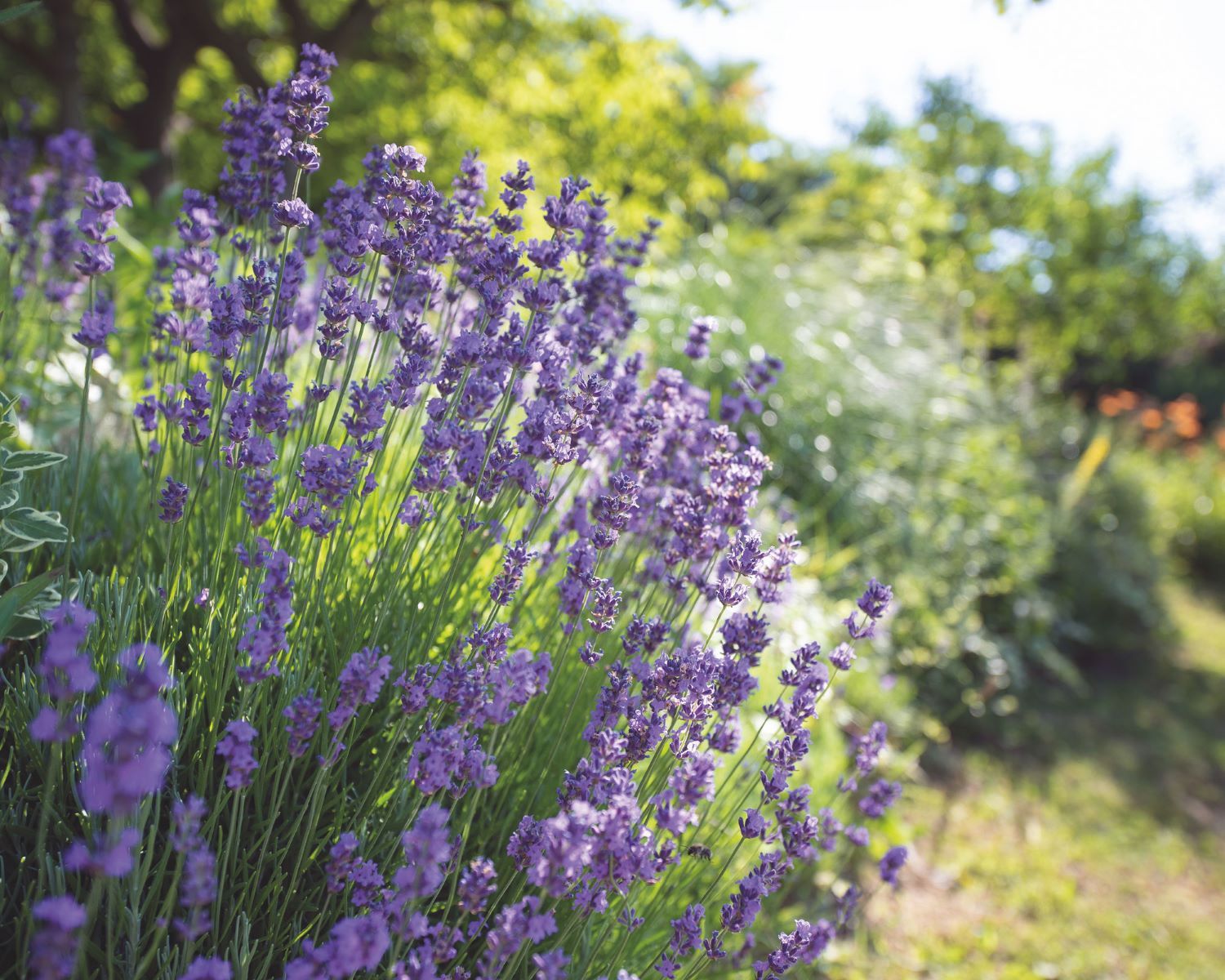
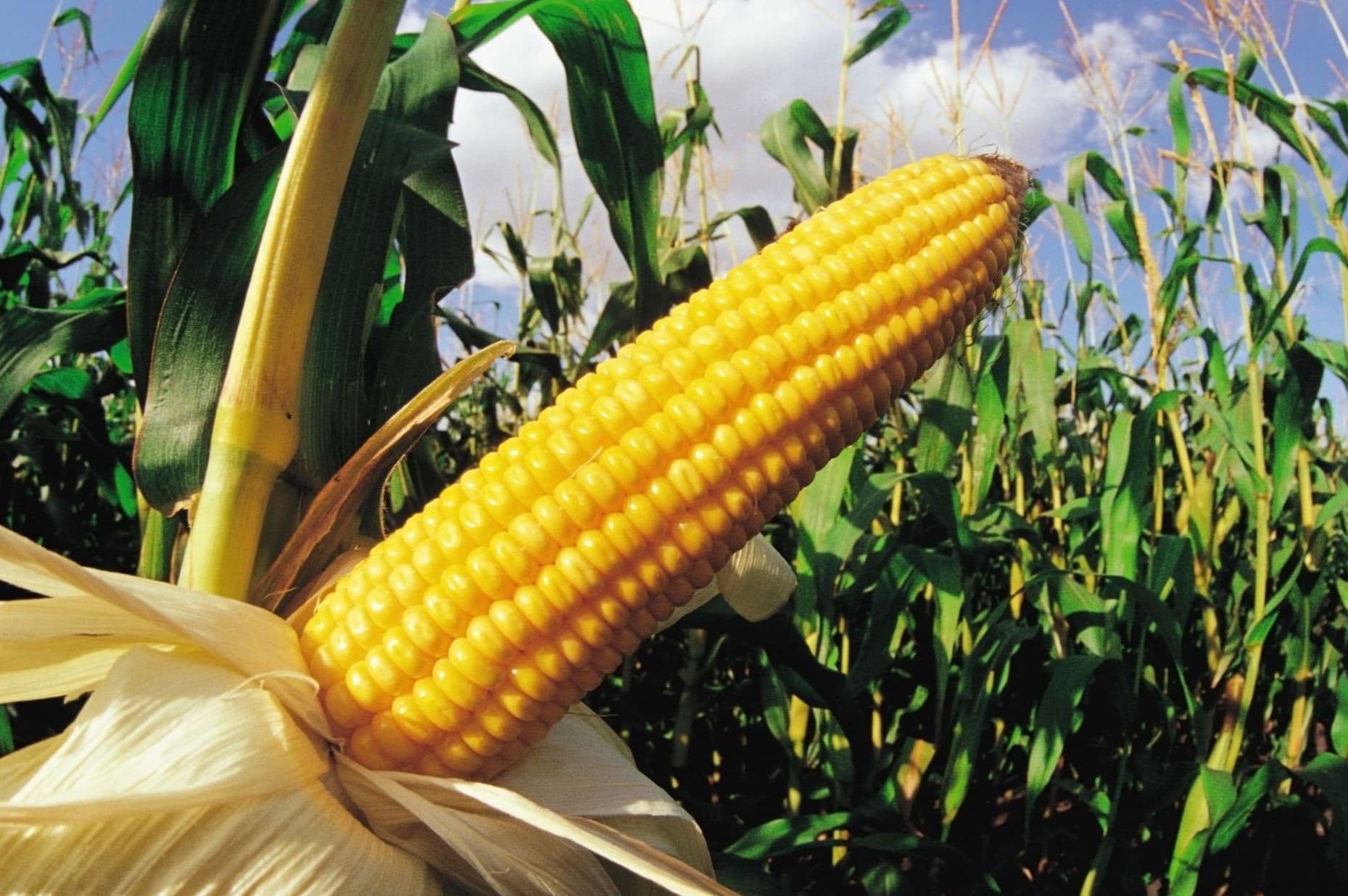
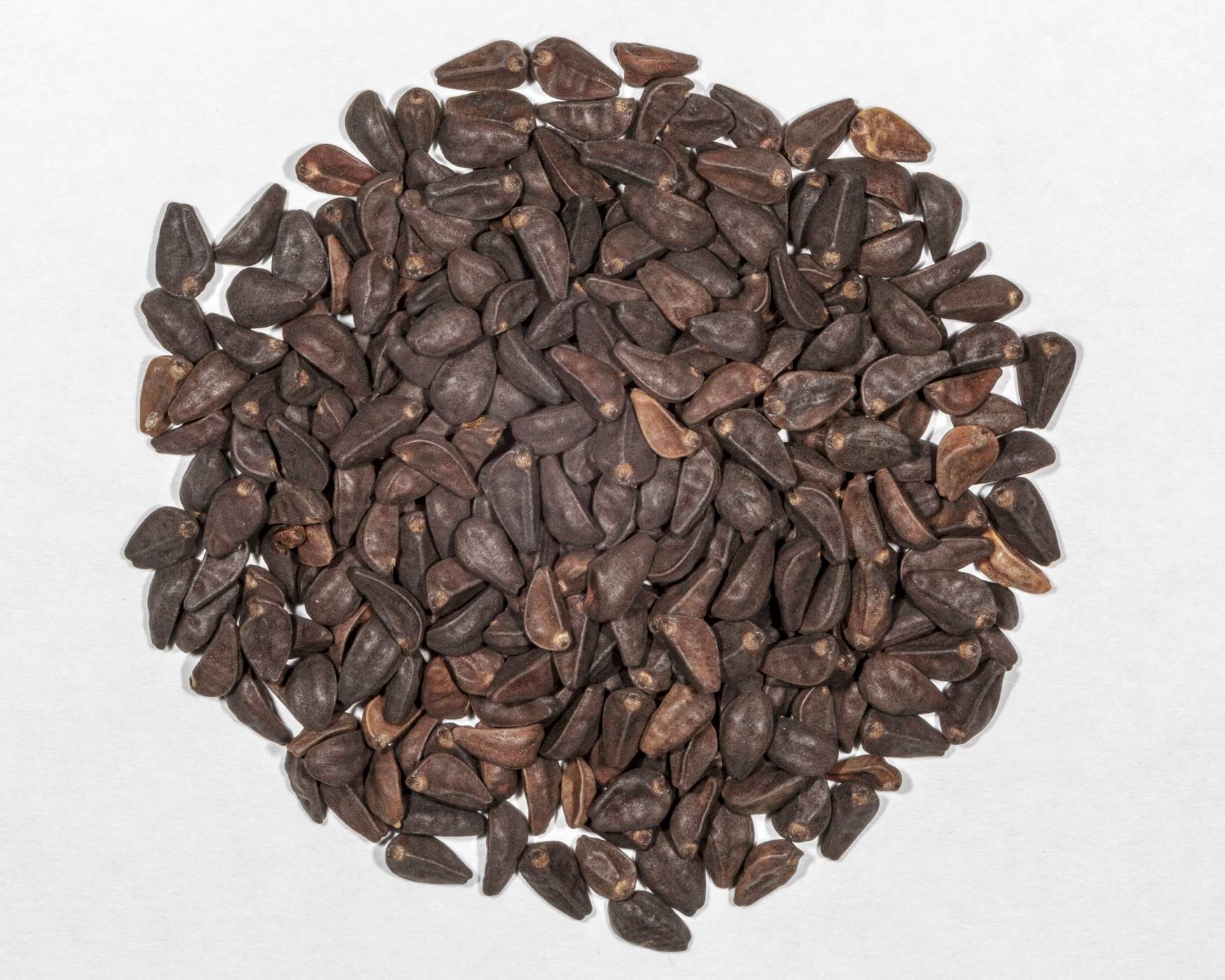

0 thoughts on “When Do You Plant Flower Seeds”